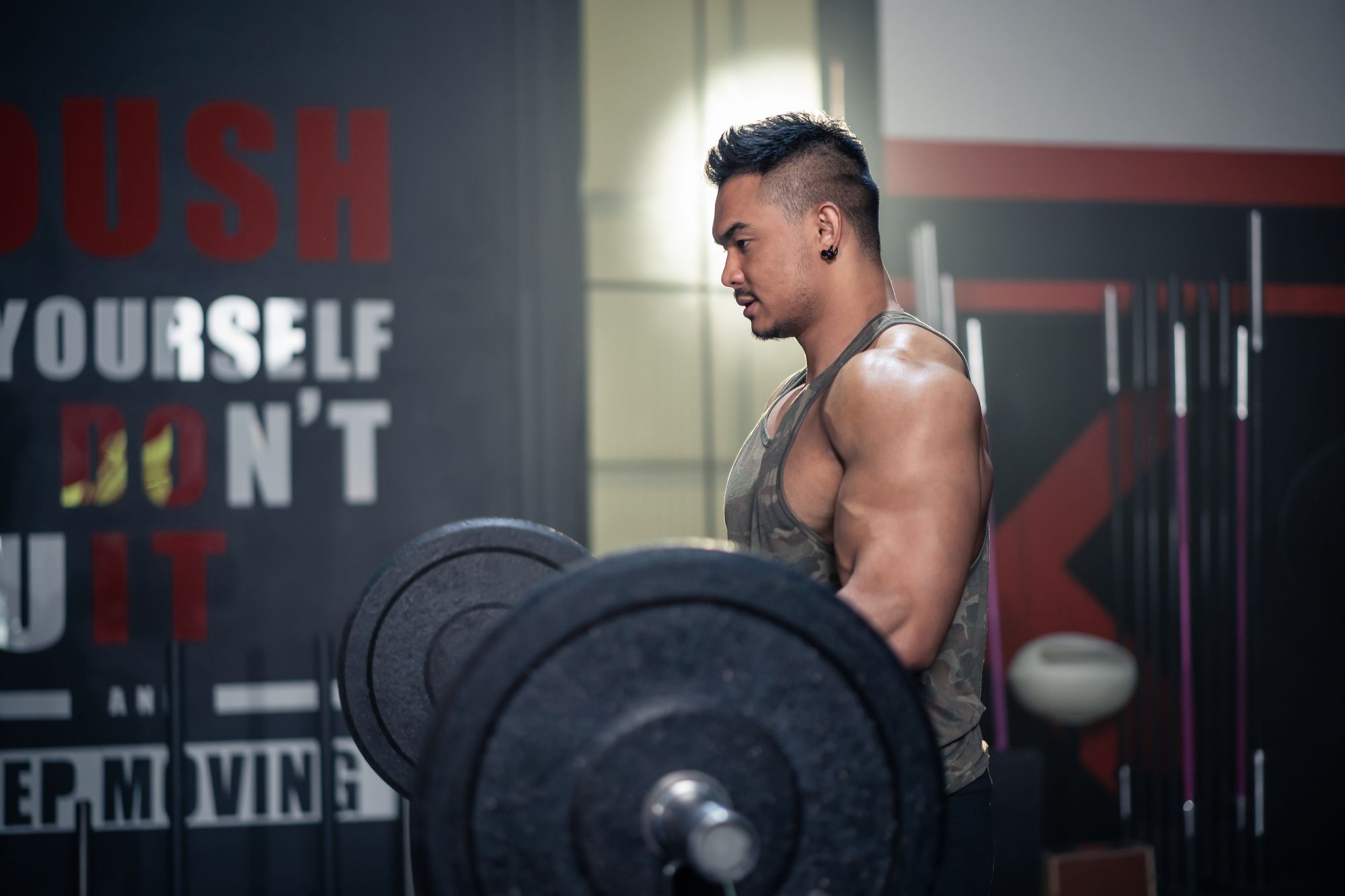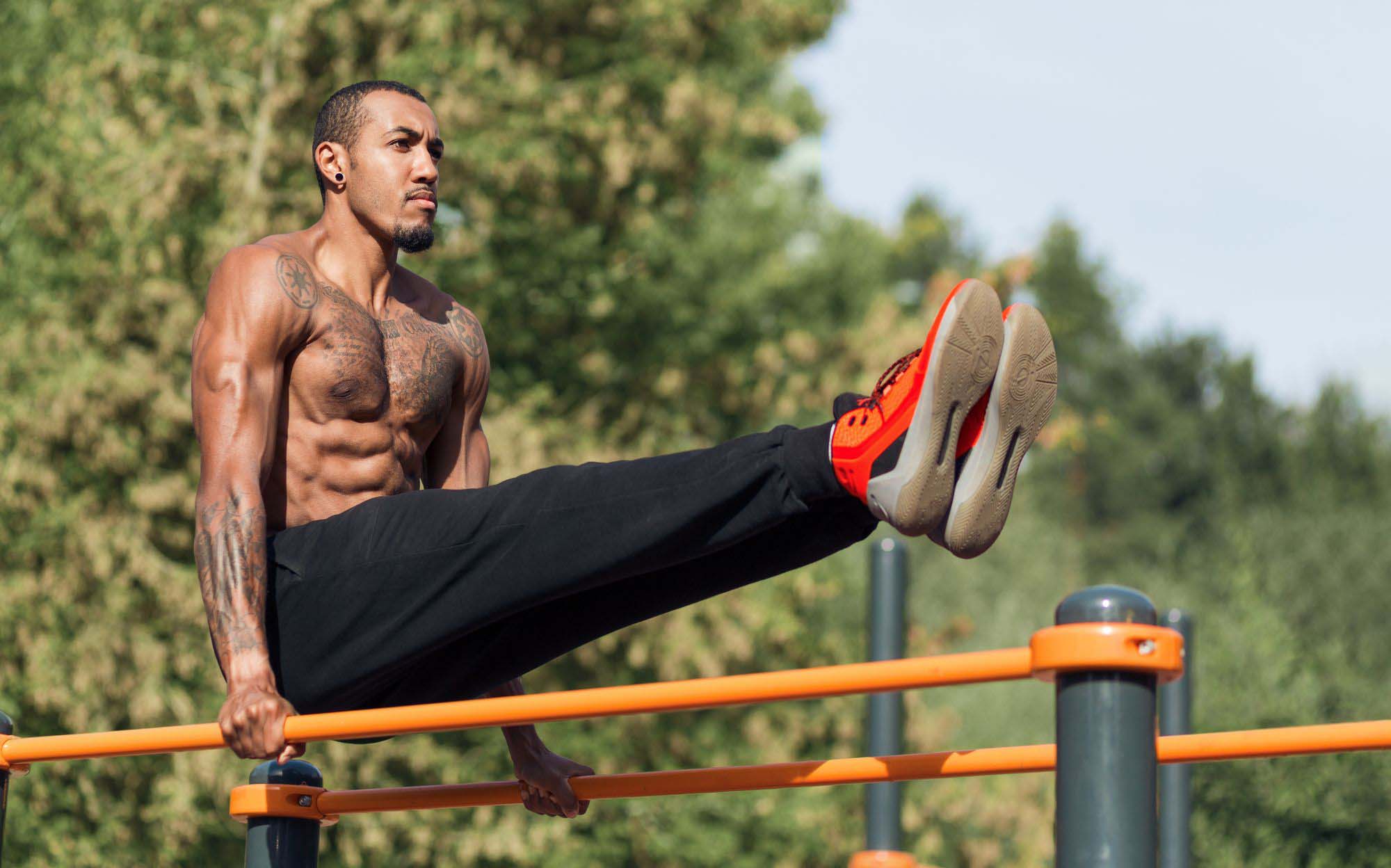How Many Exercises per Muscle Group Should You Do? Here’s What Research Says
With so many exercises to choose from to train one muscle group, one can't help but ask: "How many exercises per muscle group should I do?" Answers here.

It may not be every day—or, admittedly, ever—that you think about the sheer number of exercises (so. many.) that exist, but when you do … phew.
Just think about how many exercises you could do for leg day, for instance. Oh, wait, that's still too broad. So, let's just look at your glutes. There are (*deep breath*) split squats, lunges, hip thrusts, glute bridge, glute kickbacks, hip extensions, glute-focused Romanian deadlifts, you get the point.
Once you get a taste of all the possibilities, the question changes from:
“What exercises should I do in this session?” → “What exercises should I not do in this session?”
How do you pick from all the exercise variations out there? By looking at how many exercises per muscle group you should be doing.
Continue reading to find out what the answer to that is, plus:
- What “exercise variations” really mean
- Why exercise variations enhance your muscle growth results AND
- Must-know workout programming tips
What are exercise variations?
To get everyone on the same page, here’s the definition of exercise variations.
Different exercises in a training program that involve the changes in:
2️⃣ Number of working joints (i.e., compound or isolated movement)
3️⃣ Planes of movement (i.e., frontal, sagittal, and transverse plane)
4️⃣ “Angles of pull” (the angle between the line of pull of the muscle and the bone on which it inserts)
The above may or may not mean anything to you, but hopefully, this will make the concept more concrete: think of the barbell flat bench press. Here are a few exercise variations that still target the chest based on:
- Modality: Dumbbell flat bench press (psst: are dumbbells better than barbells? Find out here.)
- Number of working joints: Dumbbell fly
- Planes of movement: Side-to-side pushup
- “Angles of pull”: Low machine cable fly
Does it really matter how many exercises per muscle group you do?
Okay, great. We all now know what exercise variations are. Still … does it really matter how many different exercises per muscle group you do?
Isn’t hypertrophy correlated with training volume (up to a certain point)?
Well, yes, that's true. But research also shows that including a variety of exercises can lead to better muscle growth results even when training volume is equal.
Take, for instance, this 2021 study published in the International Journal of Sports Medicine.
Researchers divided the participants into two groups:
Group 2: Worked each muscle group with a different exercise every workout, 3 times a week (i.e., VARIED)
Total workout volume and intensity were matched between both groups.
After 9 weeks, researchers found that participants in the VARIED group experienced better overall muscle growth across all muscle sites than those in the UNVARIED group.
A 2014 study published in the Journal of Strength and Conditioning Research also supports this finding. Here, the researchers found that participants who varied their quads exercises experienced better muscle growth than those who didn't.
Why, though?
So, how many exercises per muscle group you do does matter. But why?
Well, it ultimately comes down to the fact that muscles have varied attachments, along with different motor neuron innervations (note: innervation means “to supply nerves”—so when nerves embed themselves into muscle fiber, they “innervate” the muscle fibers).
To that end, it'll make sense that biomechanically different exercises, or exercise variations, will result in better muscle growth.
So … how many exercises per muscle group should you do?
A really simple way of determining this would be to look at your target training volume, which depends on your lifting experience:
🐥 Intermediate (you’ve strength trained consistently for more than a year, but fewer than 4 years): 10 to 15 sets/muscle group/week
🐔 Advanced (you’ve strength trained consistently for more than 4 years): 15 to 20 sets/muscle group/week
Divide by the usual 3 sets per exercise (note: this is just a guideline, you could do 2 sets, or 5, or even 7, depending on your preferences and/or training goal), and you’ll end up with a rough gauge of how many exercises per muscle group to do:
- Beginner: 2-3 exercise variations
- Intermediate: 3-5 exercise variations
- Advanced: 5-7 exercise variations
That’s one question now. But it’s closely followed by another: how would you pick which exercises to do, though? For example, when it comes to the biceps, there are:
- Incline dumbbell curl
- Concentration curl
- Hammer curl
- Drag curl
- Preacher curl
Don't worry. Here are a few tips that'll help narrow down your choice.
🪄 Concentrate on your lagging parts (e.g., the chest is made up of the upper, middle, and lower chest—if your upper chest is lagging, prioritize upper chest-specific exercises)
🕵️ Take a careful look at your workout program; are there any unnecessary exercises/overdeveloped muscle groups? (e.g., your front delts are already heavily targeted through the chest presses—do you really need those front raises?)
If you’re looking for a “cheat sheet” of exercises on how you could build a bigger … well, anything, you’re in the right place:




How would you know if you’re doing it right?
Knowing how many exercises per muscle group you should do (and which) for to maximize your muscle growth is one thing. Then, there’s also the matter of performing them with the correct form.
Worse still, there’s the pull-your-hair-out-worthy, complicated bit of piecing them together into a workout program that makes sense (i.e., one that wouldn’t take up hours of your time, because you’re trying to hit X number of exercise variations in a single session).
Well … what if we told you there’s a solution to all the troubles you have (in the strength training realm of things, that is)? It’s none other than GymStreak, the smart AI-powered personal trainer app that’ll:
- Show you how many exercise variations you have available
- How to perform them with the correct form
- Help you keep track of your workout volume for each muscle group (so you know where you’re lagging and doing too much) AND
- Tailor your workout routine to your needs
Check it out below:
Always Know You're Doing Strength Training Right With GymStreak
We'll guide you through it all — step-by-step. Just download the app, and you'll achieve your goal physique in no time.
References
Costa, B. D. de V., Kassiano, W., Nunes, J. P., Kunevaliki, G., Castro-E-Souza, P., Rodacki, A., Cyrino, L. T., Cyrino, E. S., & Fortes, L. de S. (2021). Does Performing Different Resistance Exercises for the Same Muscle Group Induce Non-homogeneous Hypertrophy? International Journal of Sports Medicine, 42(9), 803–811. https://doi.org/10.1055/a-1308-3674
Fonseca, R. M., Roschel, H., Tricoli, V., de Souza, E. O., Wilson, J. M., Laurentino, G. C., Aihara, A. Y., de Souza Leão, A. R., & Ugrinowitsch, C. (2014). Changes in exercises are more effective than in loading schemes to improve muscle strength. Journal of Strength and Conditioning Research, 28(11), 3085–3092. https://doi.org/10.1519/JSC.0000000000000539


